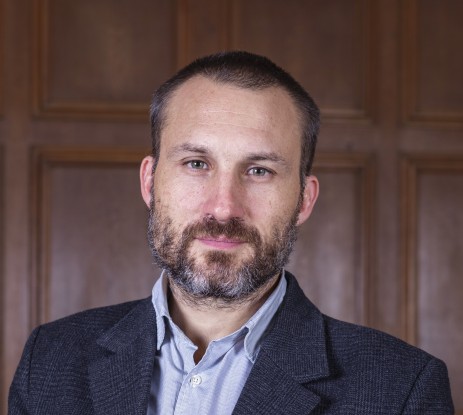Institute for Nuclear Physics
Optically addressable spin qubits and their photonic interfacing
Prof. Dr. David Hunger, Karlsruher Institut für Technologie (KIT)
Optically addressable spins in the solid state are promising candidates for realizations of quantum networks and quantum computing nodes.
When?
May 09, 2025, 14:00-15:30
Where?
ZKS-Uhrturmhörsaal
S2|08, Raum 171
Hochschulstraße 4
64289 Darmstadt
Organiser
Fachbereich Physik
As one material platform, we study color centers in diamond, such as the tin-vacancy (SnV) center, which offers advantageous optical coherence properties. We observe long-term spectral stability and Fourier-limited emission linewidths of individual emitters. We investigate their spin degree of freedom and demonstrate coherent manipulation of the centers’ electron spin [1]. We furthermore identify strongly coupled neighboring nuclear spins and achieve nuclear spin state preparation and coherent control. Finally, we integrate a thin diamond membrane into a microcavity for efficient spin-photon interfacing and observe Purcell-enhanced emission and cooperative coupling [2,3]. Together, these steps combine the key requirements for an efficient spin-photon interface as required for the applications mentioned above.
A complementary platform is rare earth ion-based materials. I will report investigations of molecular rare-earth-complexes with promising coherence properties for quantum applications [4] and efforts to study single ions coupled to a cavity as qubits [5,6].
References
[1] Karapatzakis et al., Phys Rev X 14, 031036 (2024)
[2] Pallmann et al., Phys Rev X 14, 041055 (2024)
[3] Körber et al., Phys Rev Appl. 19, 064057 (2023)
[4] Serrano et al., Nature 603, 241 (2022)
[5] Eichhorn et al., Nanophotonics doi:10.1515/nanoph-2024-0721 (2025)
[6] Deshmukh et al., Optica 10, 1339 (2023)
Tags
Physikalisches Kolloquium


